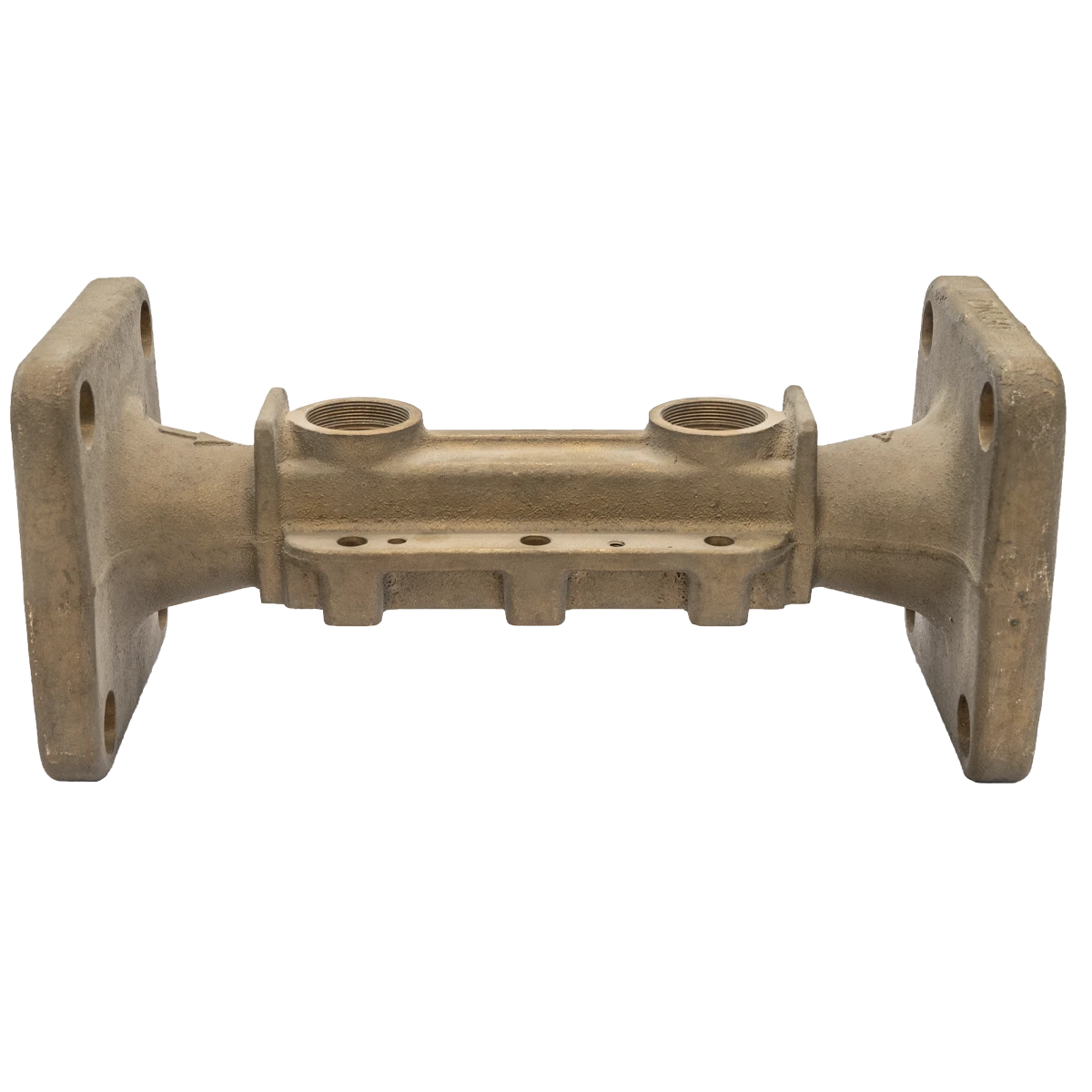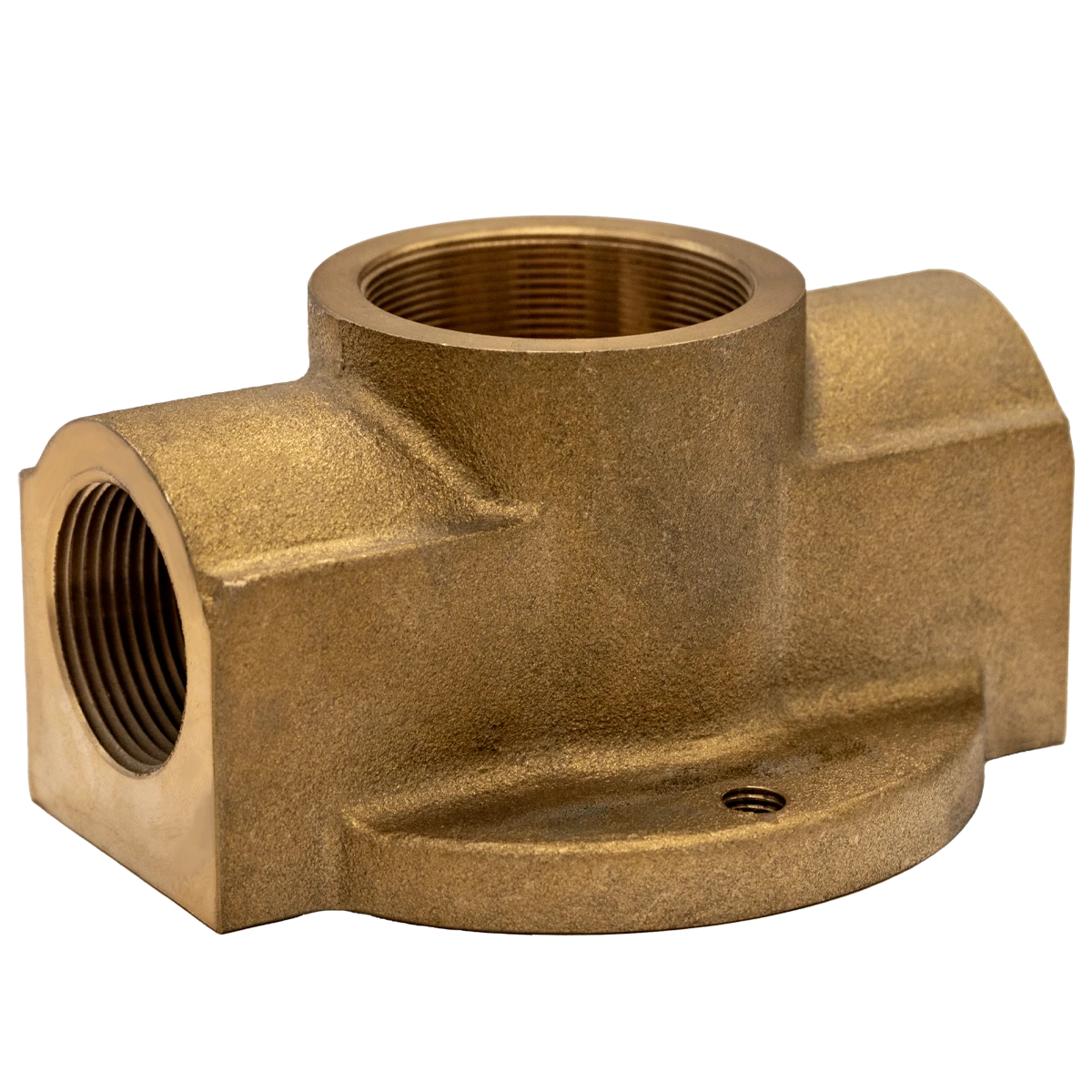Mobile:+86-311-808-126-83
Email:info@ydcastings.com
English
Maximizing Efficiency: Exploring End Covers, Impellers, and Caps in Pump Systems
In the intricate world of pump systems, where fluid dynamics and precision engineering converge, every component plays a critical role in ensuring optimal performance and reliability. From end covers and metal caps to impellers and propellers, each element contributes to the efficiency and effectiveness of pump operations. Let's delve into the significance of these components and their diverse applications in various pump systems.
End Covers: Protecting Vital Components
End covers serve as protective enclosures for pump components, shielding them from external elements and ensuring operational integrity. Whether it's housing bearings, seals, or shafts, end covers play a crucial role in preventing contamination and damage to vital components. Constructed from durable materials such as steel or aluminum, end covers provide robust protection while maintaining accessibility for maintenance and inspection purposes.
Metal End Caps: Sealing Off Pipe Ends
Metal end caps are essential accessories used to seal off pipe ends in pump systems, preventing leaks and maintaining system integrity. Whether it's steel, aluminum, or another metal alloy, these caps offer durability and corrosion resistance, ensuring long-term reliability in various environments. Metal end caps come in various sizes and configurations to accommodate different pipe diameters and applications, providing a secure seal for plumbing and industrial piping systems.
Pipe Caps Steel: Ensuring System Integrity
Pipe caps made of steel are particularly suited for demanding applications where strength and durability are paramount. Whether it's sealing off unused pipe ends or protecting critical components in plumbing systems, steel pipe caps provide robust protection against leaks and contamination. With their precise threading and secure fit, steel pipe caps ensure system integrity and minimize the risk of downtime due to maintenance or repairs.
Centrifugal Fan Impeller: Driving Airflow
The centrifugal fan impeller is a key component in ventilation systems, responsible for generating airflow and maintaining proper ventilation. This type of impeller features curved blades or vanes arranged around a central hub, which draw air into the fan and propel it outward in a radial direction. Whether it's cooling electronic components or exhausting fumes in industrial settings, centrifugal fan impellers ensure efficient air movement and ventilation, contributing to a safe and comfortable environment.
Centrifugal Blower Impeller: Optimizing Airflow
Similar to centrifugal fan impellers, centrifugal blower impellers are designed to generate airflow and create positive pressure within ducts and enclosures. These impellers are commonly used in HVAC systems, industrial blowers, and air handling units to circulate air and regulate temperature and humidity levels. With their robust construction and efficient design, centrifugal blower impellers ensure consistent airflow and reliable performance in diverse applications.
Centrifugal Pump Impeller Types: Meeting Diverse Requirements
Centrifugal pump impellers come in various types and configurations to meet the specific requirements of different pumping applications. Closed impellers, open impellers, and semi-open impellers are among the most common types, each offering unique advantages in terms of efficiency, cavitation resistance, and solids handling capability. By selecting the appropriate impeller type, pump designers can optimize performance and reliability while minimizing energy consumption and maintenance requirements.
Axial Flow Impeller: Directing Fluid Flow
Axial flow impellers are designed to generate axial flow within pump systems, propelling fluid in a parallel direction to the impeller shaft. These impellers are commonly used in applications such as water circulation, wastewater treatment, and irrigation systems, where high flow rates and low head requirements are essential. With their efficient design and streamlined profile, axial flow impellers ensure smooth fluid movement and maximize pump performance in various pumping applications.
Impeller and Propeller: Understanding the Difference
While both impellers and propellers are rotating components used to generate fluid flow, they serve different purposes and operate in different environments. Impellers are primarily used in pump systems to create pressure and move fluids, while propellers are typically found in marine propulsion systems, where they generate thrust to propel vessels through water. Understanding the differences between impellers and propellers is essential for selecting the appropriate component for a given application and optimizing system performance.
Conclusion: Optimizing Pump Systems with Essential Components
In conclusion, end covers, impellers, and caps are essential components that play a critical role in ensuring efficient and reliable operation of pump systems. From protecting vital components to driving fluid flow and maintaining system integrity, these elements contribute to the overall effectiveness and performance of pump installations in various industries. By selecting high-quality components and understanding their functions and applications, pump engineers and operators can optimize system performance, minimize downtime, and ensure the longevity of their pump systems with confidence and precision.
-
Materials Used in Manufacturing Cap End Pipe FittingsNewsNov.24,2025
-
Material Properties of CF8M CastingNewsNov.24,2025
-
How to Inspect Pump Cap Ends for DamageNewsNov.21,2025
-
Backward Curved Impeller – Efficient Airflow Solutions for Industry | YD CastingsNewsNov.21,2025
-
Automobile Water Pump - Efficient, Quiet, Durable & ElectricNewsNov.21,2025
-
Impeller for Pumps – High-Efficiency, Durable, OEM-ReadyNewsNov.21,2025











